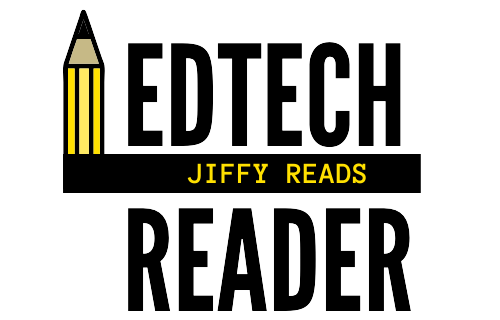In today’s world, where everything is connected and information is just a click away, the way we live and learn has changed a lot. The old chalk method of teaching is not enough anymore to prepare students for modern life. This is where digital content steps in as a powerful teaching tool. With the help of digital content, students are learning better, teachers are teaching in more effective and creative ways, and schools are seeing better results. It’s making education more engaging, and flexible for the world we live in. What Is Digital Content in Education?
Digital educational content refers to teaching materials available in electronic form. This includes:
- Videos & animations
- E-books & PDFs
- Simulations & virtual labs
- Gamified lessons
- Interactive quizzes
- 3D content and AR/VR tools
Accessible via tablets, laptops, smartphones, and interactive flat panels (IFPs), this content is dynamic, immersive, and adaptable—catering to different learning styles and classroom environments.
🧠 Why Digital Content Matters Today
1. Aligned with 21st-Century Skills
Today’s learners need more than factual knowledge—they need:
- Critical thinking
- Creativity
- Collaboration
- Digital literacy
The application of multimedia, interactive activities, and story-centered teaching aids helps learners to address real-life challenges, which furthers skill-based learning.
2. Personalized and Adaptive Learning
No two learners are alike. Digital platforms allow:
- Adaptive learning paths based on student pace
- Real-time feedback and performance tracking
- Support for both advanced and struggling learners
This creates a customized learning journey that ensures all students grow from where they are.
3. Access Anytime, Anywhere
With digital content, geography is no longer a limitation:
- Cloud-based delivery means learning continues beyond the classroom
- Ideal for remote, rural, and under-resourced areas
- Ensures equity and inclusion for all students
This was especially critical during pandemic-driven school closures and continues to be vital today.
Empowering Educators
In the digital classroom, teachers become facilitators, guides, and mentors. Digital content empowers them with:
- Ready-to-use lesson plans aligned to curriculum
- Instant assessments with analytics
- Blended learning opportunities (digital + traditional)
- Time saved on planning and grading
- Insights into individual student needs
As a result, teachers focus more on meaningful engagement and individual development.
Supporting NEP 2020 & Global Goals
India’s National Education Policy (NEP) 2020 promotes:
- Technology-driven learning
- Multilingual content
- Experiential and inquiry-based teaching
- HOTS (Higher Order Thinking Skills)
Digital content aligns directly with these goals. Globally, bodies like UNESCO and the OECD are pushing for digital-first, inclusive classrooms—and this movement is accelerating.
Real-World Impact
Organizations like Classteacher are already demonstrating the power of digital content at scale:
✅ 35,000+ learning resources
✅ 400,000+ questions
✅ 3,000+ simulations, games & interactivities
✅ 80% improvement in student learning outcomes
✅ 25% increase in teaching efficiency
With flexible delivery (online, LMS-integrated, offline via pen drives or SD cards), schools can bring smart learning anywhere.
The Road Ahead
Digital content isn’t an add-on. It’s a foundational tool for the classrooms of today—and the future.
As we prepare students for careers powered by AI, automation, and global collaboration, we must give them the tools to think critically, learn independently, and adapt confidently. That preparation begins in classrooms designed for the future.
Final Thought
The 21st-century classroom isn’t defined by four walls, blackboards, or fixed timetables.
It’s defined by connection, creativity, and curiosity—the very qualities that drive lifelong learning and innovation.
And the invisible thread that binds all three?
Digital content.
It bridges gaps across regions, languages, and learning abilities.
It transforms passive listeners into active thinkers.
It empowers teachers to go beyond instruction and inspire imagination.
Digital content isn’t a trend.
It’s a movement—reshaping how we prepare students for a world where adaptability, problem-solving, and innovation matter more than memorization.
It’s not just the future of learning.
It’s the foundation of education today—fluid, inclusive, dynamic, and deeply human.
Because when we reimagine classrooms, we don’t just teach better.
We build better futures. 🌍

